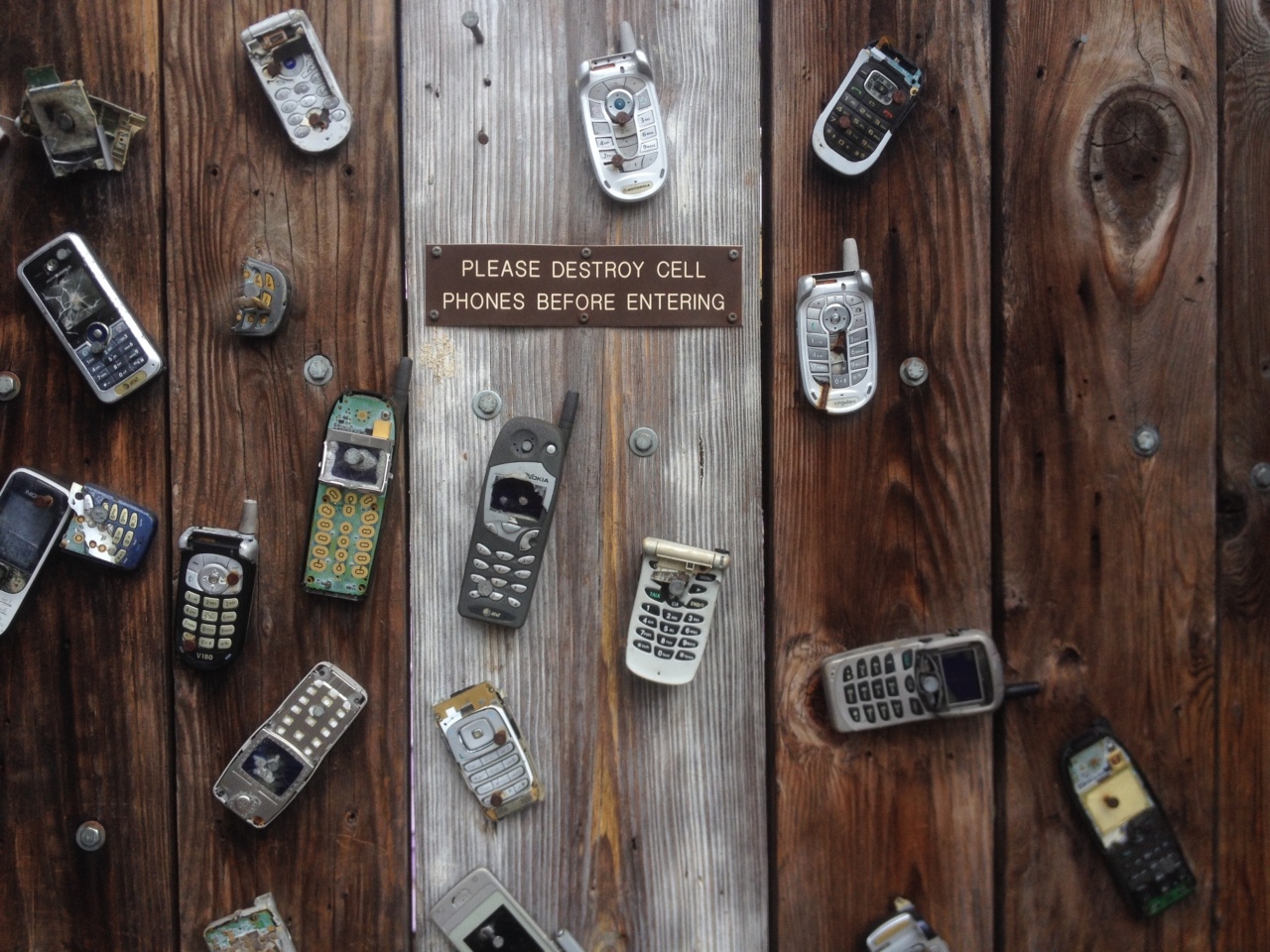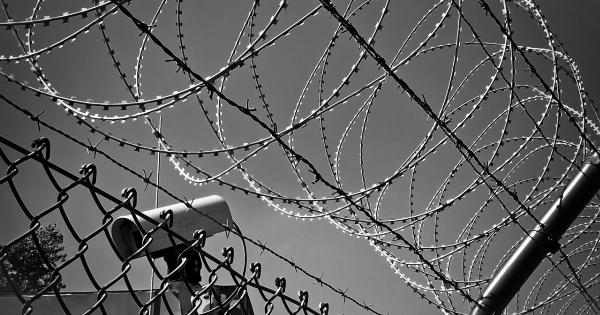Iron is an essential mineral that our body needs to function properly. It is a vital component of hemoglobin, the protein in our red blood cells that carries oxygen to all parts of the body.
If you don’t have enough iron, your body will struggle to produce hemoglobin, resulting in a condition called iron deficiency anemia. Iron deficiency anemia can cause a variety of symptoms, but there are some visual signs that you should be aware of. In this article, we will discuss 10 visual signs of iron deficiency that you should know.
Pale Skin
Iron is responsible for the red color of our blood, so it’s no surprise that a lack of iron can cause pale skin. When you don’t have enough iron, the body produces fewer red blood cells, making your skin appear less pink or rosy than normal.
This is especially noticeable in areas of the body that are typically shaded, like the inside of your eyelids, gums, and palms.
Cold Hands and Feet
Iron deficiency can also cause poor circulation, leading to cold hands and feet. Iron is needed to produce red blood cells, which carry oxygen to all parts of the body.
If you don’t have enough red blood cells, less oxygen is delivered to your extremities, making them feel cold.
Brittle Nails
Iron helps to keep your nails strong and healthy. If you’re deficient in iron, your nails may become brittle and break easily. They may also develop ridges or become concave (spoon-shaped).
If you notice any changes in the appearance of your nails, it’s worth considering if you might have an iron deficiency.
Unusual Cravings
One unusual symptom of iron deficiency is a craving for non-food items like dirt, clay, or ice. This condition is known as pica and is thought to be linked to anemia.
While it may seem bizarre, it’s important to take these cravings seriously as consuming non-food items can be dangerous and lead to serious health consequences.
Restless Legs Syndrome
Restless Legs Syndrome (RLS) is a condition that causes an irresistible urge to move your legs, especially at night. Iron deficiency has been linked to RLS, and in many cases, treating the iron deficiency can alleviate symptoms.
If you’re struggling with restless legs, it’s worth considering if you might have an iron deficiency.
Headaches and Dizziness
Iron deficiency can cause a lack of oxygen in the brain, leading to headaches and dizziness. If you experience these symptoms frequently, especially after standing up quickly, it may be worth getting your iron levels checked.
Shortness of Breath During Exercise
Exercise requires oxygen, and if you’re not getting enough iron, you may not be able to deliver adequate oxygen to your muscles. This can result in shortness of breath during exercise.
If you’re struggling to catch your breath during physical activity, it’s worth considering an iron deficiency as a potential cause.
Recurrent Infections
Iron is needed for a healthy immune system. If you’re not getting enough iron, your immune system may be weakened, making you more susceptible to infections.
If you find yourself getting sick frequently or struggling to shake off a cold, it could be a sign of an iron deficiency.
Slow Wound Healing
Iron is necessary for the production of collagen, a protein that helps to heal wounds. If you’re deficient in iron, your body may struggle to produce enough collagen, leading to slow wound healing.
If you notice that your cuts and scrapes take a long time to heal, it may be worth considering if you have an iron deficiency.
Fatigue and Weakness
Finally, one of the most common symptoms of iron deficiency is fatigue and weakness. Iron is needed to produce energy, and without enough iron, you may feel tired and sluggish.
This can impact your ability to work, exercise, and enjoy your day-to-day life.
Conclusion
Iron deficiency anemia is a common condition, and if left untreated, it can cause serious health problems. If you have any of the visual signs discussed in this article, it’s important to talk to your doctor about getting your iron levels checked.
Early detection and treatment can help to alleviate symptoms and prevent complications.





























